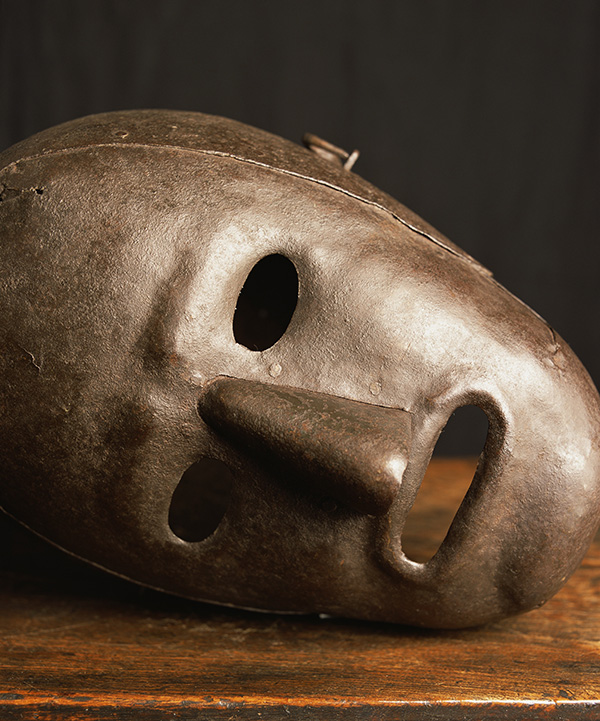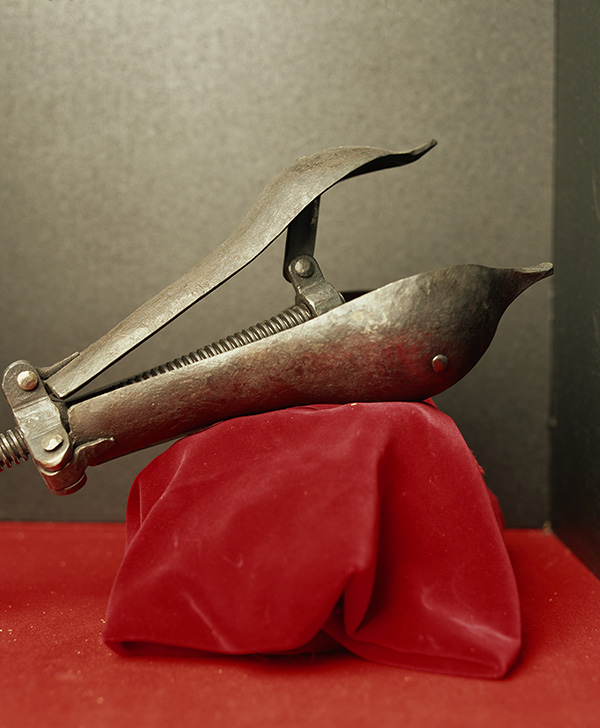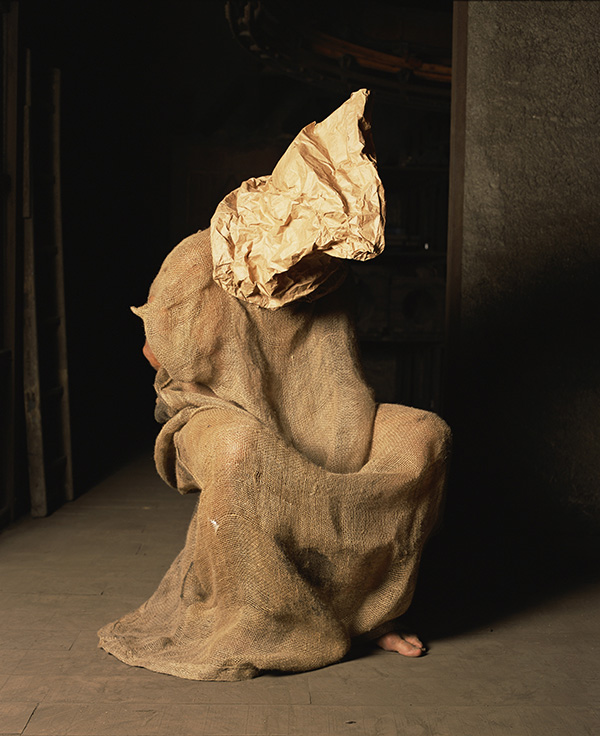PHOTO:Andres Serrano-Torture
 Andres Serrano unveils an often disturbing reality through his camera. Religion, death, sex and violence perfuse the American artist’s work. Since the ’80s, Serrano’s work has sparked furious debate, raising questions worldwide about censorship, taste, public decency and acceptable modes of expression. His work “Immersion (Piss Christ)” (1987), ignited an International conversation on the freedom of artistic expression and the public financing of controversial artworks.
Andres Serrano unveils an often disturbing reality through his camera. Religion, death, sex and violence perfuse the American artist’s work. Since the ’80s, Serrano’s work has sparked furious debate, raising questions worldwide about censorship, taste, public decency and acceptable modes of expression. His work “Immersion (Piss Christ)” (1987), ignited an International conversation on the freedom of artistic expression and the public financing of controversial artworks.
By Dimitris Lempesis
Photo : Galerie Nathalie Obadia Archive
In his solo exhibition at Galerie Nathalie Obadia in Paris, Andres Serrano presents 16 photographs from his series “Torture”. In 2005, Andres Serrano was asked by The New York Times Magazine to produce images of torture for the cover page and lead article “What We Don’t Talk About When We Talk About Torture”. In 2015 after his meeting with the a/political organization, the artist received all the logistical support to produce the “Torture” series. He first conceived this series as “A show and a touristic attraction” by photographing various historical objects related to torture and turning medieval masks into a methodical study of objects and machines devoted to torture since the Middle Ages, where each new discovery is envisaged as a disturbing still-life. The series continued at a 19th century armament manufacturing plant in Maubourguet, France, which a/political converted into an experimental arts space in 2015. Others depict sites of real-life atrocities that Serrano visited including a Stasi prison in East Berlin and a Nazi concentration camp in Mauthausen, Austria. Under the guidance of military personnel and perpetrators of torture, Serrano photographed more than 40 models in improvised positions, using devices that were produced on-site by the local residents. As Andres Serrano says: “Torture almost seems to be a part of the human condition”. Part of “Torture” is a series of photos showing 4 hooded men, behind the hoods are members of Irish Republican Army arrested by the British police in the ‘70s and held in isolation, hooded all the time. The ordeal lasted years for some of them. Serrano met 4 of these men and asked if he could photograph them in the hoods. They agreed because the hoods have become an inseparable part of their martyrdom despite the years. In this new series, Serrano takes on the role of the artist searching for new tangible forms of representation, but also the symbolic role of the executioner, as though to get as close as possible to the inexpressible.
Info: Galerie Nathalie Obadia, 18 rue du Bourg-Tibourg, Paris, Duration: 10/11-30/12/16, Days & Hours: Mon-Sat 11:00-19:00, www.nathalieobadia.com



